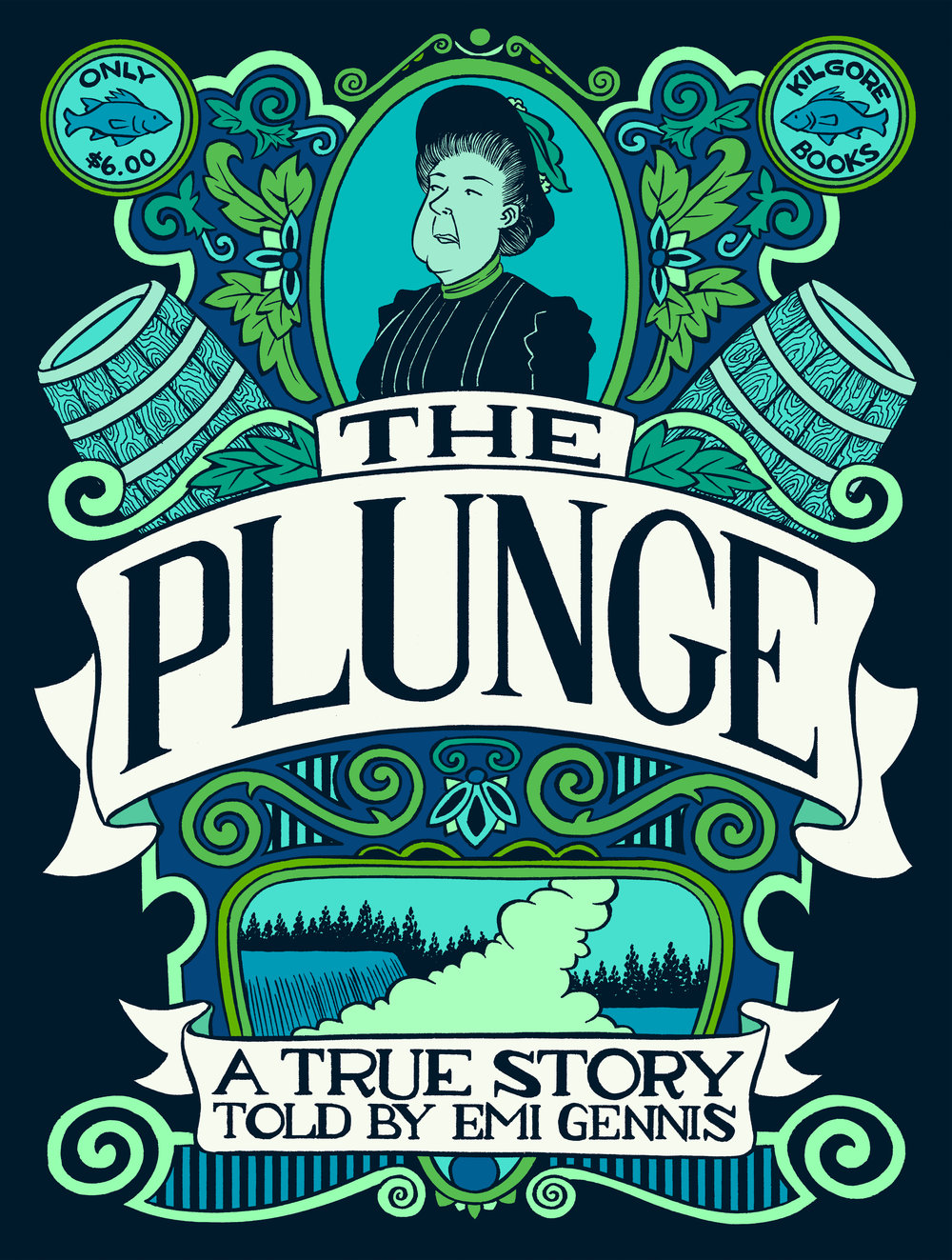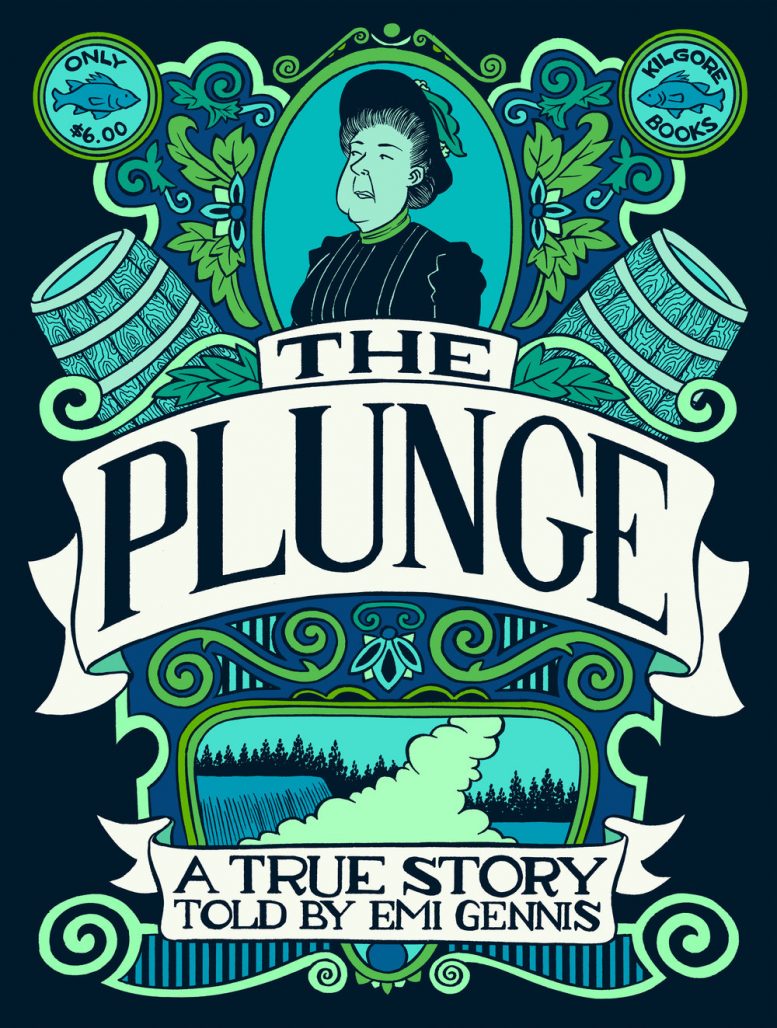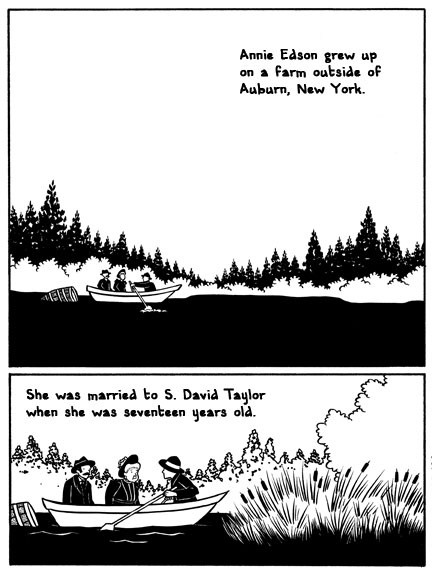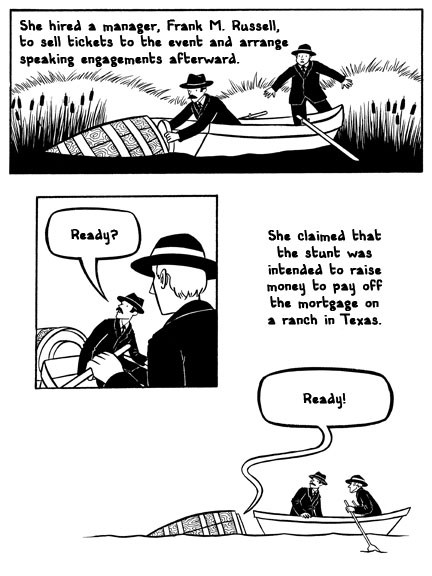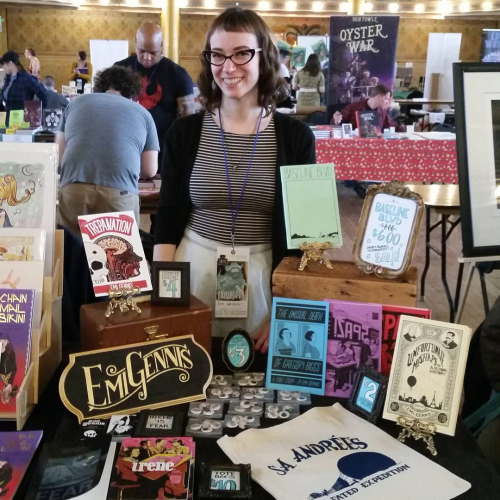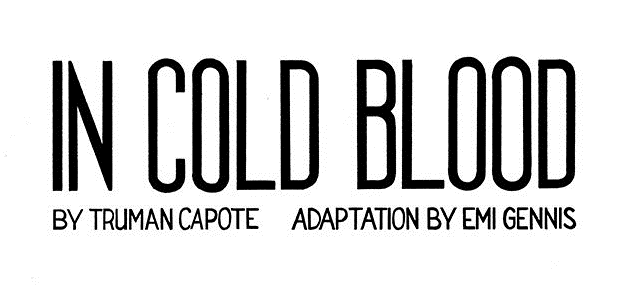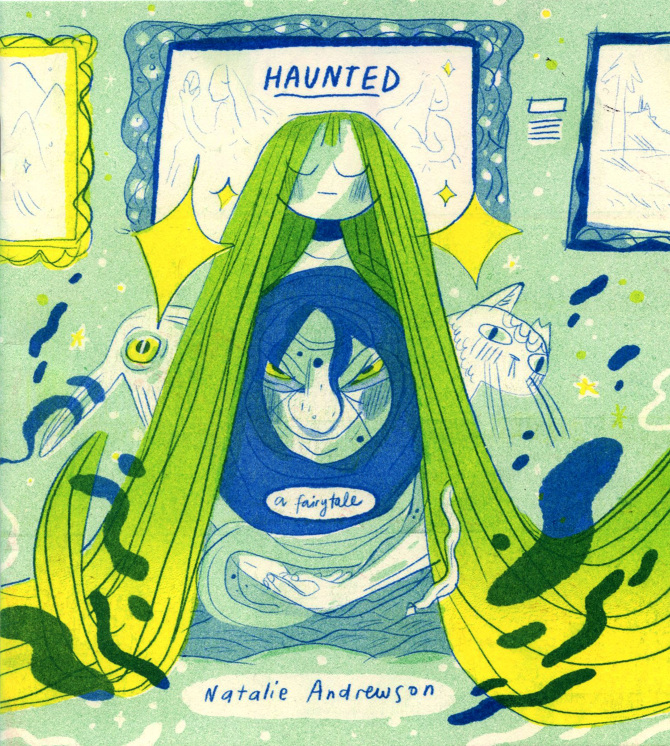Cartoon Crossroads Columbus (or CXC) is a four day festival in Columbus, Ohio celebrating the work of cartoonists and providing chances to learn more about the medium. It’s mission is “to provide an international showcase for the best of cartoon art in all its forms, including comics, animation, editorial cartoons, newspaper strips, and beyond, in a city that is a growing center of importance to comics and cartooning. We also focus on helping the next generation of young cartooning talent develop thriving careers that invigorate the industry for years to come.” In the spirit of this mission, the Comics Beat has conducted a series of interviews with some of the phenomenal cartoonists in attendance at this year’s Cartoon Crossroads Columbus. We hope that these interviews will improve our understanding of these creators voices, techniques, interests and influences as well as provide a platform for comics enthusiasts to discover new artists and challenge their conceptions of comics.
In this CXC interview, we talked with Emi Gennis. Emi is a cartoonist and illustrator based in Columbus, Ohio. She’s an Assistant Professor of Comics & Narrative Practice at the Columbus College of Art & Design. She’s done work for The Nib and edited Unknown Origins & Untimely Ends, a comics anthology for Hic and Hoc. Her comic Baseline Blvd was nominated for a Slate Cartoonist Studio Prize in 2016 and Kilgore Comics recently published her comic The Plunge, about Annie Edson Taylor, the first person to plunge down Niagara Falls in a barrel. Emi gracefully agreed to talk about her autobiographical comic, The Plunge and the recurring theme of water in her comics.
—
Philippe Leblanc: For those readers who may not be familiar with you and your work, can you tell us a little bit about yourself?
Emi Gennis: I’ve been self-publishing comics since 2009, most of which have somewhat macabre themes. For example, for several years I was creating stories based on entries from the Wikipedia List of Unusual Deaths. All my work is nonfiction—mostly history comics, but also occasionally autobiography or journalism. My history pieces are often based on events from the late 1800s and early 1900s, when technological advances upended the social order in many areas of the world, which I find in some ways parallels aspects of our own era. I also teach comics, and recently relocated to Columbus to join the faculty of the Columbus College of Art & Design’s new Comics & Narrative Practice program.
PL: You were nominated for the Slate’s Cartoonist Studio Prize in 2016 for your short story Baseline Blvd, an autobiography of the end of a relationship and the remaining anger between you and your previous partner following his passing. I found this story to be brutally honest. It’s a slow and methodical trip into grief that can be read in multiple ways. How did you distill this personal experience for this comic?
EG: The piece can definitely be read in multiple ways, and it’s always interesting to see what people come away with and what that might reveal about the lens through which they’re viewing it. I’m not sure I would characterize the process of creating that story as distilling my personal experience, because there’s so much of that experience that was left out. My work tends to be really text heavy; I do so much research before each project and then feel compelled to cram every interesting fact I learned into the comic. I think the text kind of weighs my comics down sometimes, and so for this project I was really challenging myself to let the images drive the story, and to allow myself not to give the reader all the information. Since this story was autobiographical and extremely personal, it was much easier to hold some of that information back than it would have been if I had just been working on another historical piece. When I was attending college in Chicago, I lost someone to suicide that was very close to me. Years later, after moving around the country a few times, I ended up working at a university in a small town in Kansas, and discovered that he was buried only 35 miles from my new house—a bizarre coincidence. Baseline Blvd depicts the drive from the town where I lived to this cemetery. It was in the middle of nowhere, off a country road that was the most direct route to Springfield, MO, so I ended up driving past it semi-frequently. There are a series of flashbacks in the comic representing memories from that time in my life that tend to replay in my head, especially while making that drive. They aren’t the most flattering moments for either of us, and I certainly wouldn’t consider this story to be any kind of accurate portrayal of that relationship. I guess I wasn’t really trying to distill an experience as much as I was trying to distill a feeling, or a mixture of feelings—loss, guilt, regret, anger, betrayal, etc.—simultaneously.
PL: You’ve worked a comic on Annie Edson Taylor, the first person to take the plunge in a barrel down the Niagara Falls called The Plunge. What attracted you this story?
EG: The history comics I’ve made over the last few years all seem to center on futility in some way or another. The Plunge is different from most of my other pieces in that usually, the subject of my stories die as a result of whatever hijinks they get themselves into. Annie could have easily died during her stunt but she didn’t, and in that way, I think the sting of her failure is more acute and also more accessible. Reaching for greatness and falling short is a pretty relatable theme for a story, so I guess that’s why I was drawn to it.
PL: In The Plunge, your narration provides context for the action while the images walks through the event itself. You could have settled on a number of different approaches for this story. Why did you want to separate your comic this way you did?
EG: It was my first instinct to present the comic in this way. I always tell my students that your first idea is usually bad, so you need to try a bunch of things out. So, I tried a bunch of things out for that story, and after agonizing over it for a few months I wound up right back where I started! What makes the story compelling requires a bit of context from before and after the stunt, but I decided I didn’t need to show those parts. The stunt was the most visually compelling aspect of the story, and the most important, so I focused on that in the images. Rather than having the reader follow Annie (visually) through her life story, I wanted the reader to follow Annie just through this one pivotal moment in her life. I thought that might make the story more intimate in some way.
PL: Your work often revolves around water. In The Plunge, Annie Edison Taylor plunges down Niagara Falls, in Sunandha Kumariratana, you tell the story of a Thai princess who drowned in the 1900’s in Nyos, you talk about a lake on a volcanic bed that released deadly toxins and in Urine: The Miracle Cure also touch on that subject in a different capacity. Why do you keep coming back to this theme?
EG: That’s very interesting! I would never have thought of water as a theme in my work, but there it is. I don’t know that it’s water I keep returning to as much as the futility of human beings against forces of nature, or forces beyond their control in general. When I first read about the Lake Nyos disaster, I couldn’t stop thinking about it—that a small, peaceful lake could suddenly and without warning kill an entire community—it’s horrifying. I’ve actually made two comics about it (one was early on in my career, so I took a second go at it). The theme of futility against nature in my work feels especially significant to me at the moment because my current project is about doomed expeditions, so there’s lots of freezing to death in the arctic and dying of thirst in the desert and such. The urine therapy piece was part of a short series I did about various topics in pseudoscience, which I think intersects with that interest in futility as well. The people I interviewed for those pieces all seem to be seeking something – answers about the unknown, a path to enlightenment, or in the case of urine therapy, a cure for all disease. It’s that reaching-for-greatness-and-falling-short thing again.
PL: Do you have any new comics or material you’re bringing to CXC? If so, can you tell us a little bit more about them/it?
EG: I won’t have any new comics with me at CXC, but I will have prints of the poster about Annie Diggs that I created for the Celebrate People’s History project. I’ll also be selling a bunch of original art as well as some of my previously published works, and assorted ephemera.
PL: What do you want readers to take with them once they’ve finished reading your comics?
EG: I suppose I hope the stories resonate with readers in some way, and that they might feel some connection to the characters. In the case of my history comics, my hope is that readers will be able to draw connections between the events of the past and how they reverberate into our present to shape our lives and societal structures.
—
You can follow Emi Gennis’ work on her website, or follow on Twitter, Instagram, Facebook or Tumblr. You can also buy her work on her online store.
Emi will be at Cartoon Crossroads Columbus this weekend with her latest comics, including The Plunge and Baseline Blvd. She’s looking forward to meeting you!


